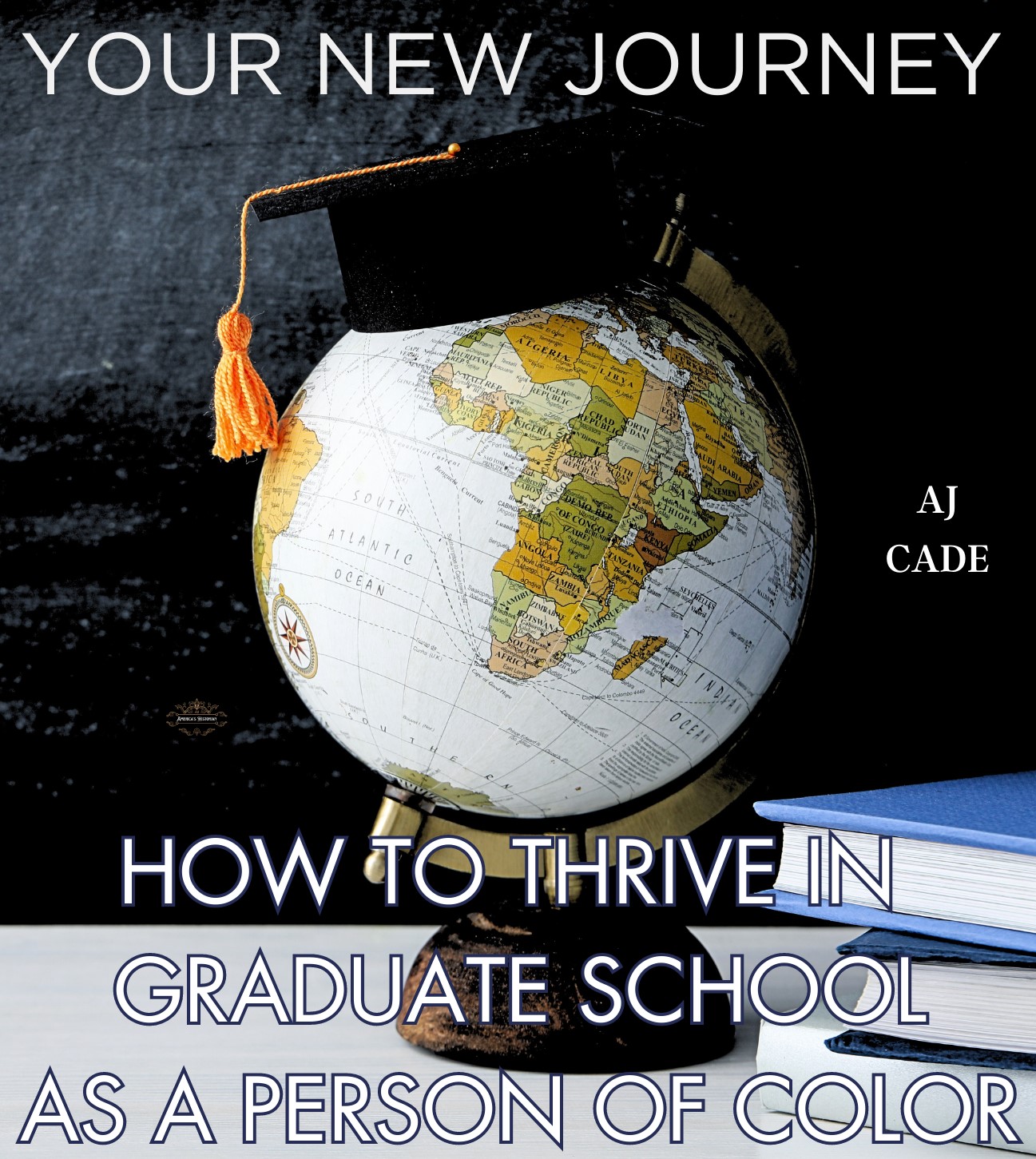
It Was Never About a Hot Dog and a Coke!
Rodney L. Hurst Sr.
“The W. T. Grant Department store had a lunch counter, though it was not nearly as large as the one at Woolworth. Like Woolworths, Grant’s also had a “colored lunch counter.” When we walked into Grant’s, I remember seeing four police officers directing traffic at the corner of Main and Adams—or so it appeared to me.
After we sat at Grant’s white lunch counter, store officials summarily closed and turned out the usual and customary lights. When we came out of Grant’s and turned west on Adams, we could see a mob of whites running toward us in the distance. As the mob approached, it became apparent they were swinging ax handles and baseball bats. In a surreal scene, they swung those ax handles and baseball bats at every Black they saw. It is incredible what the mind’s eye captures during tense split-seconds of confrontation. I remember seeing a television reporter or a camera operator from local television station Channel 12 on top of a car taking pictures—until someone knocked him off the vehicle with an ax handle. Employees of stores along the block started locking store doors. If you were inside a store, you stayed inside; if you were outside a store, you could not get in. We had tried to prepare for most scenarios encountered during sit-in demonstrations, but nothing prepared us for an attack as vicious as this.
Although we would laugh later about trying to be calm while looking at those attacking us with ax handles and baseball bats, surviving the onslaught became our primary concern.
Most people have held or felt a baseball bat, but not an ax handle. Ax handles usually are as heavy as a baseball bat and can inflict as much damage. They are made of solid wood sturdy enough to hold an ax, and you never forget its look in the hands of someone trying to maim you.
We all started running and trying to protect ourselves, but Black downtown shoppers were no match for those wielding baseball bats and ax handles. Some fought as best they could, but most tried to run for safety. In its September 12, 1960, issue, Life magazine captured the most vivid image of the attack’s aftermath. Several whites are shown attacking Charlie B. Griffin, a friend and a classmate who graduated in 1961 from Northwestern Junior-Senior High School. Though in black and white, the picture graphically shows Charlie in his blood-drenched shirt, standing next to a law-enforcement official. Charlie played high school football at Northwestern and, given his size, could have ably defended himself in a fair fight. But Charlie became another victim of the racial attacks in downtown Jacksonville that day. The attack on Charlie, it so happened, occurred SWB (Shopping While Black). He was not a member of the Youth Council and was not “sitting in” that day. He would later tell me that as he walked downtown, “this white guy” ran toward him and took a swing at him with an ax handle. When Charlie started to defend and protect himself, more whites came to hit him with ax handles.” The attacks against Charlie and the other Blacks that day were vicious and cowardly, like White mobs were then and now. Charlie was brave, and his picture takes its rightful place as an image of how Whites responded to the Civil Rights Movement. Charlie B. Griffin is no longer with us, but he was a Hero.
Where to Buy:

